An alumina hollow ball is a kind of microparticle with special structure and material properties. The appearance of alumina hollow balls is spherical, and the inside is a hollow structure. It is made of alumina material. It is melted and blown in an electric furnace. The maximum use temperature can reach 1800℃.

Physical and chemical indicators of alumina hollow ball
| Tūemi | Unit | Taurangi | |
| Hangahanga matū | Al2O3 | % | ≥99 |
| Fe2O3 | % | ≤0.1 | |
| SiO2 | % | ≤0.2 | |
| Na2O | % | ≤0.4 | |
| Melting Point | °C | 2250 | |
| Rereira | °C | 1900 | |
| Pore Volume | % | ≤10 | |
| Particle Size | mm | 0.2-0.5,0.2-1,1-2,2-3,1-3,3-5,0.2-5 | |
Application of high-purity alumina balls
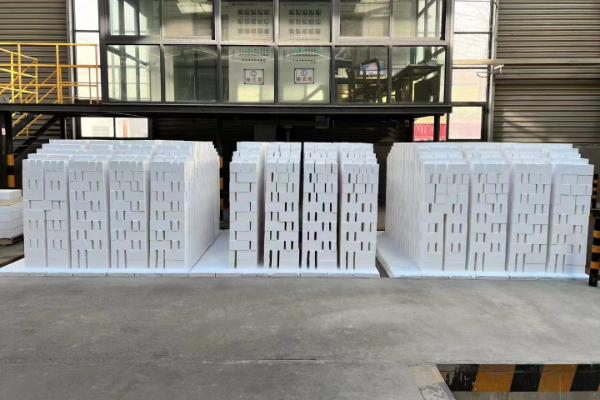
Refractory bricks made of alumina hollow balls are divided into standard bricks, ordinary bricks, and special bricks. Alumina hollow ball products are mainly used as linings for high-temperature industrial furnaces below 1800°C. Alumina hollow ball products, such as high-temperature kiln outer lining bricks in the refractory, electronics, and ceramic industries; thermal insulation layers for high-temperature thermal equipment, such as insulating bricks for petrochemical industry gasifiers, gas generators, carbon black industrial reactors, and metallurgical industry induction furnaces.
Application in the above fields can save 20% to 30% energy. This kind of brick is not suitable for use as a high-temperature kiln lining. If the temperature rises too fast during baking, cracks will occur and the strength and service life will be reduced. Because of its high apparent porosity, it cannot be used in parts that come into contact with slag. Otherwise, it will be damaged due to the penetration of molten slag.
Characteristics of hollow sphere bubble alumina

- Lightweight and high strength: Due to its internal hollow structure, alumina hollow balls have a low density and excellent strength and stiffness, making them lightweight and high-strength materials. This makes alumina hollow spheres have broad application prospects in many fields.
- Acid and alkali resistance: Alumina hollow balls have good acid and alkali resistance. Since alumina itself has high chemical stability, alumina hollow balls exhibit excellent corrosion resistance in acid and alkali environments and can be used stably for a long time in harsh chemical environments.

- Te parenga teitei-mahana: Alumina hollow balls have good high-temperature resistance. Alumina has a high melting point and good thermal conductivity and can maintain structural stability and strength in high-temperature environments. No reira, alumina hollow balls are widely used in high-temperature processes, such as furnace insulation materials, gas turbines, etc.
- Good sound absorption performance: Because the inside of the alumina hollow sphere is a hollow structure, it has high sound absorption capacity and can effectively reduce the reflection and propagation of sound waves. This makes alumina hollow balls an ideal sound-absorbing material, widely used in construction, automobiles, aerospace, me etahi atu mara.
- Good thermal insulation properties: Alumina hollow balls have good thermal insulation properties. The hollow structure can reduce heat conduction, making alumina hollow balls have broad application prospects in thermal insulation materials. Especially in the field of construction, alumina hollow balls can effectively reduce the thermal bridge effect and improve the energy efficiency of buildings.
- Ease of processability: Alumina hollow balls have good processability. It can be formed and processed through injection molding, hot pressing, etc., and alumina hollow sphere products of different shapes and sizes can be produced if specific requirements are met.

 Rongsheng Refractory Factory
Rongsheng Refractory Factory

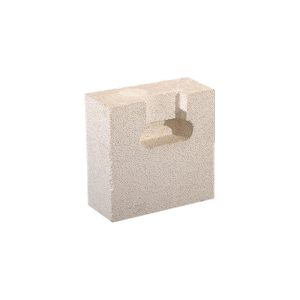

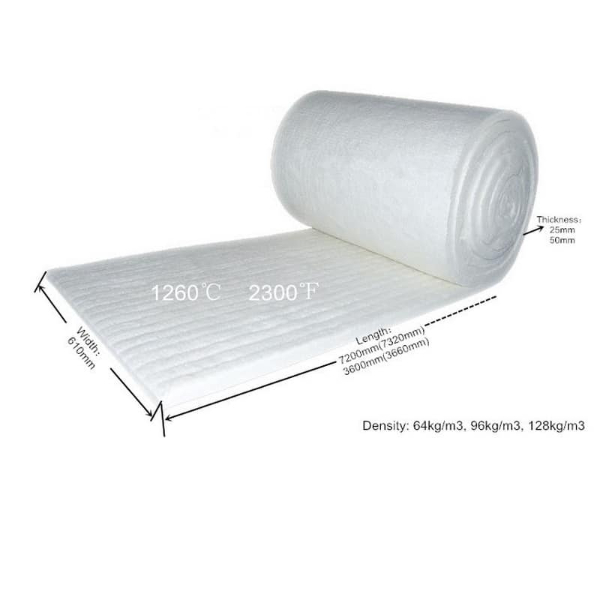

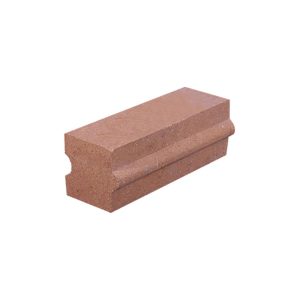
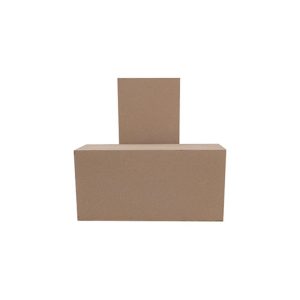

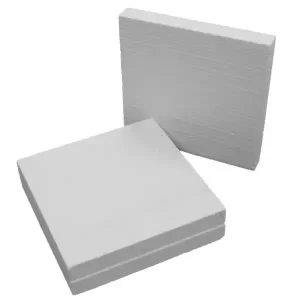
Dear Sir/Madam, Good day! I am reaching out to inquire about the availability of hollow spheres (monocellular) with diameters ranging from 0.2 to 4mm. We are looking for glass or ceramic (Alumina) spheres, but other non-conductive materials would also be acceptable. Could you please let me know if you have such products in your inventory? Additionally, I would like to find out if it is possible to order a small sample amount (50g-100g).
Best regards,
Finn Kettner
Highvolt Prüftechnik GmbH Dresden,
Germany
we will contact you and send the product price later